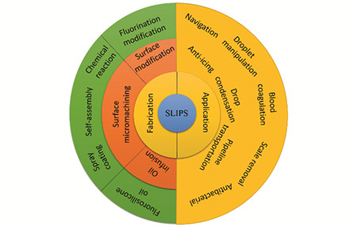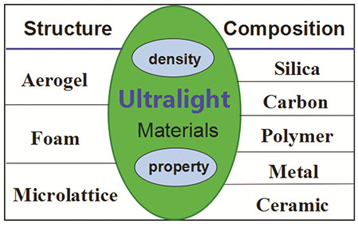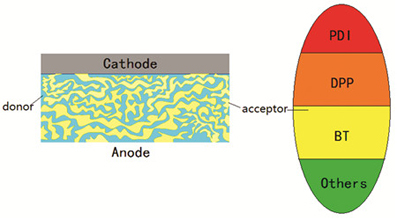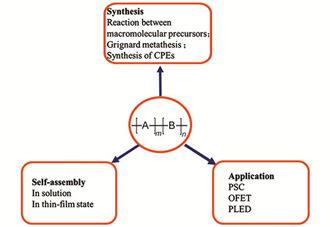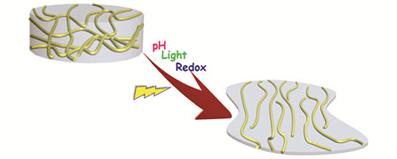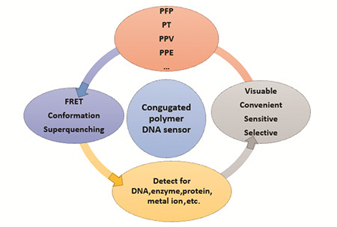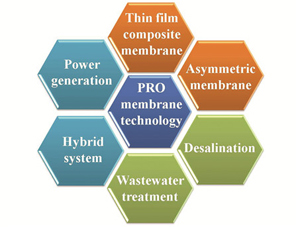Due to the special optical, electronic properties, particular physical/chemical properties, thiolate protected gold nanoclusters (Au
m(SR)
n, in which
m and
n are the numbers of Au and SR) have potential applications in nanocatalysis, biomedicine and optical devices. Two breakthroughs in Au
m(SR)
n clusters are the crystal structure determinations of Au
102(SR)
54 and Au
25(SR)
18- clusters, which uncover the new Au-S chemical bonding features as well as the new atomic packing structures in Au
m(SR)
n clusters. In this paper, major advances of the Au
m(SR)
n clusters in the experimentally determined crystal structures are generalized. This is followed by the introduction of the progresses in the experimentally synthesized Au
m(SR)
n clusters with mass spectroscopy and the progresses made by the density functional theory predictions. We combine our study subject to generalize superatom complex model, superatom-network model and super valence bond model which are used to interpret the stability and chemical bonding patterns of Au
m(SR)
n clusters. Moreover, we take several Au
m(SR)
n clusters as examples to introduce the applications of the three models. Finally, we give future outlook of the Au
m(SR)
n clusters.
Contents
1 Introduction
2 Experiments and theoretical predictions of Aum(SR)n clusters
2.1 Aum(SR)n clusters with single crystal structures
2.2 Aum(SR)n clusters with mass spectroscopy
2.3 Aum(SR)n clusters by DFT structural predictions
3 Theoretical models for Aum(SR)n clusters
3.1 Superatom complex (SAC) model
3.2 Superatom-network (SAN) model
3.3 Super valence bond (SVB) model
4 Conclusion and outlook









